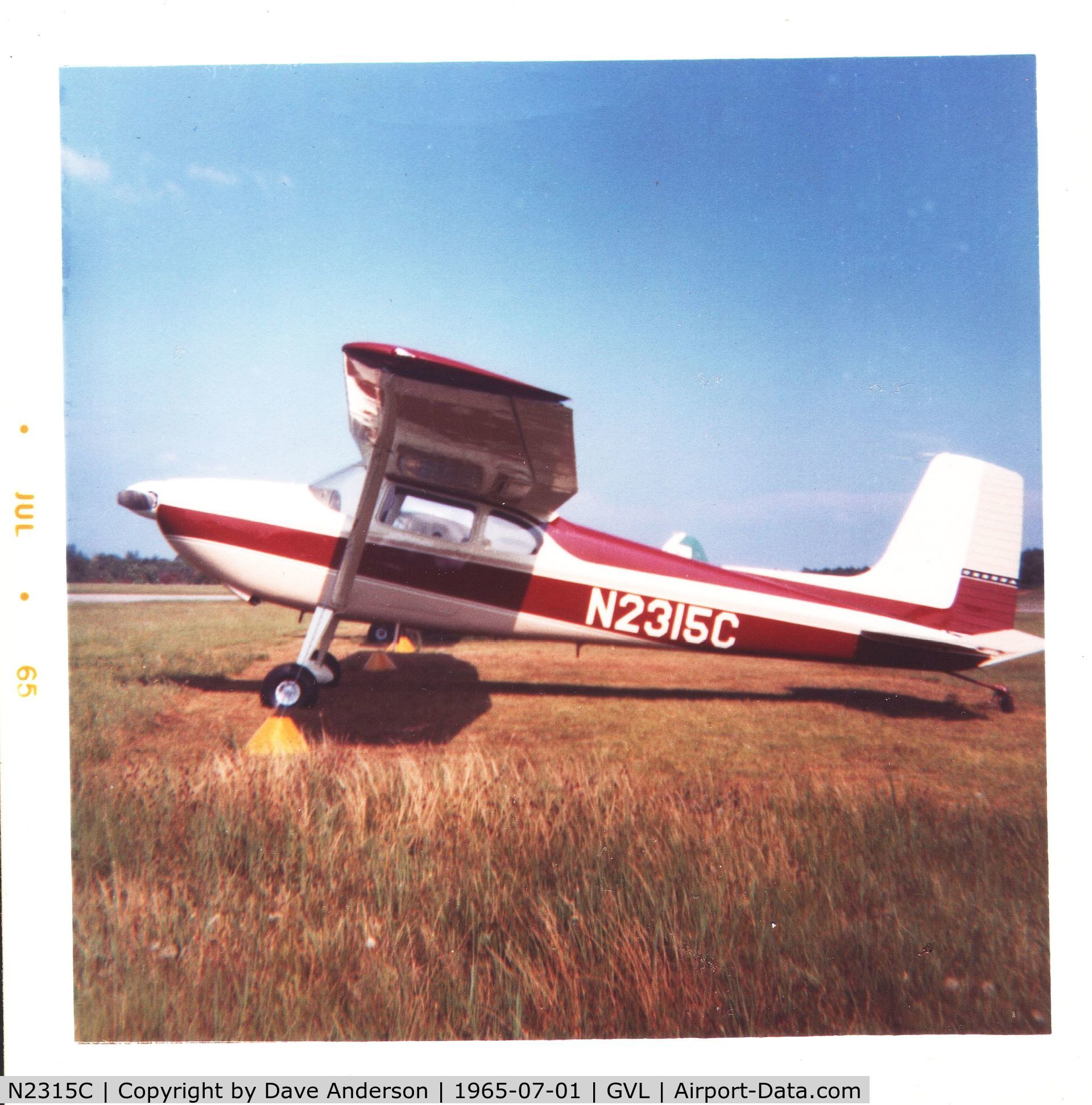Detailed Description
1953 C-180 2450TT, 300HP Eng 24hrTTSN, 3-Bld Prop 5hrTTSN, KX155 Nav/Com with GS, King 170B, Intcm, KMA-24 Audio/Marker.
Avionics / Equipment
KX155 Nav/Com with G/S, KX170B G/S, Intercom, KMA-24 Audio/Marker, Narco/AT50 Transponder,TCI Encoder
Tanis engine heater, Alpha Systems Angle of Attack Indicator. New B.A.S. Inc TSO Shoulder Harness and Seat belt kit. Rosen Sunvisor system.,
Airframe
2450 TT, Log books lost from 1953 to 1955, 485 Hr logged between 53 and 55.
Aircraft just repaired by Beegles Aircraft Services after ground loop accident.
This aircraft does not have a float kit
Annual Due, April 2017
Engines / Mods / Prop
IO-520-D Conversion by Airplanes Service Corp, Wellington KS. 24 Hr SNEW, 5HR Since prop strike inspection and repair.
IO-520-D, 300 HP Engine, 3 Blade Prop, Wing tip tanks, One piece windshield, Whelen LED tail strobe, Whelen belly strob
Interior / Exterior
Upholstery is Fair to good, Carpet not aviation.
Right wing, fuselage, right flap and aileron repainted after repair, good match to rest of the A/C
Remarks
This aircraft is equipped with 800X6 tires on Cleveland wheels and brakes using stainless steel brake lines.
Pilot Secondary Seat Stop, New seat rails, seat bushings and rollers.


